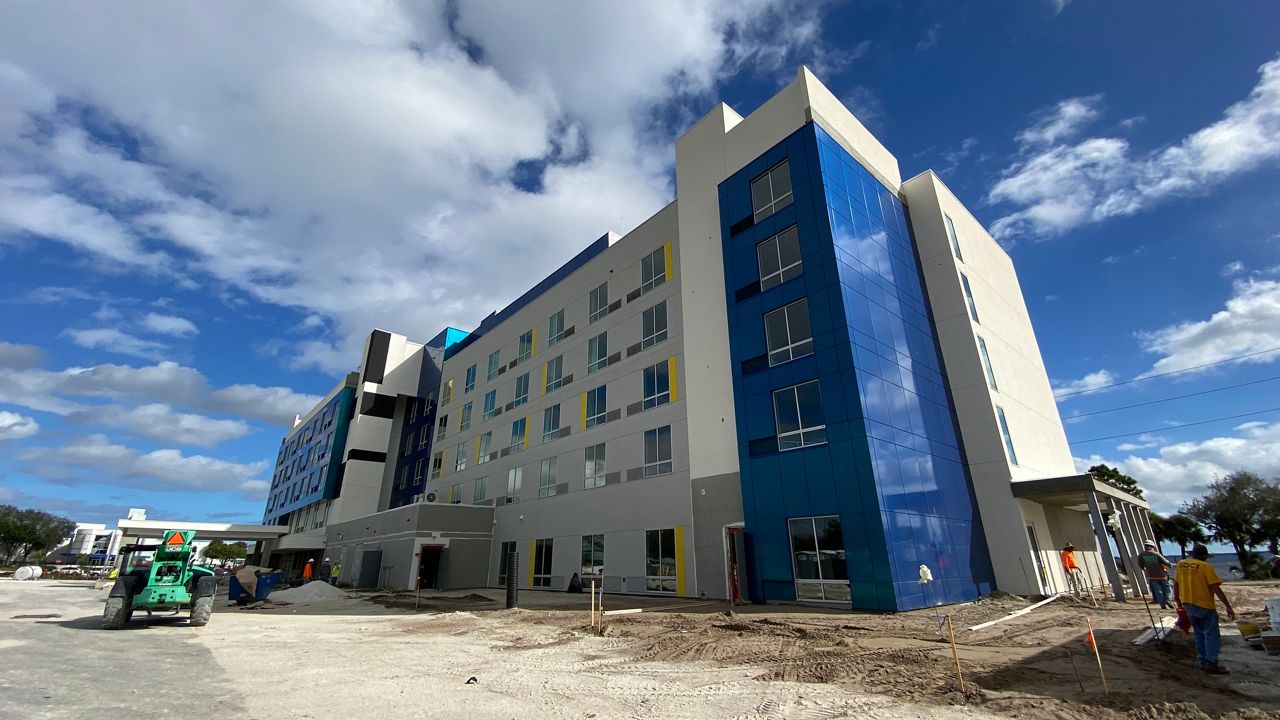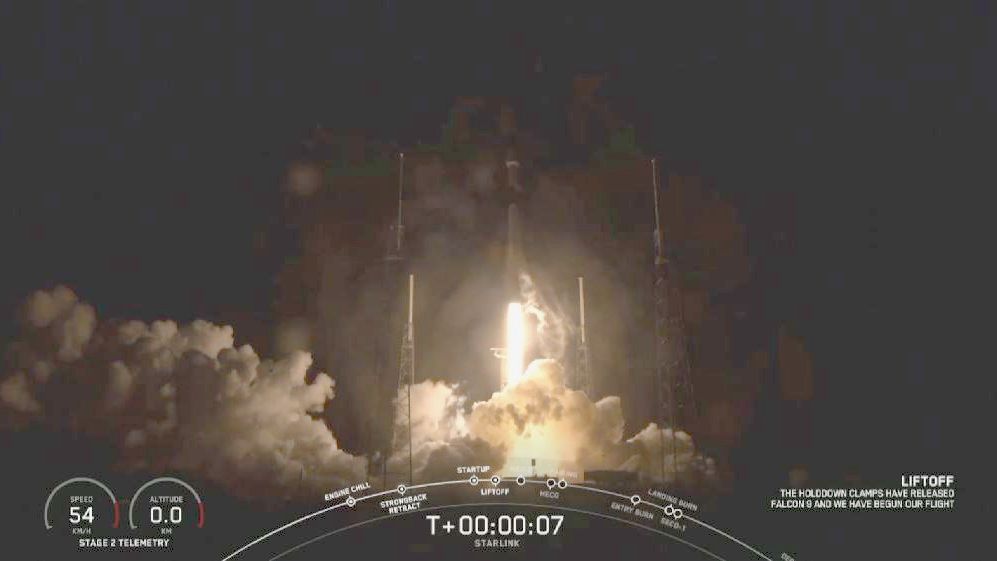CAPE CANAVERAL AIR FORCE STATION, Fla. — After two delays, SpaceX finally got weather favorable enough Wednesday morning to launch a Falcon 9 rocket with another batch of Starlink communications satellites.
- Falcon 9 carried another batch of Starlink satellites into space
- 1st-stage booster landed, rocket's payload fairing also came back
- PREVIOUSLY: Tuesday's SpaceX rocket launch postponed due to weather
- WATCH IT: Experience the launch again ▼
The powerful Falcon 9 rocket bolted off Pad 40 at Cape Canaveral Air Force Station at 9:06 a.m. ET, beginning the next Starlink mission by deploying 60 more satellites in space, joining the current constellation of 180.
After numerous delays, SpaceX finally got favorable weather as it launched the Falcon 9 on Wednesday morning.
— Spectrum News 13 (@MyNews13) January 29, 2020
Learn more here: https://t.co/HgSRpGWrRp pic.twitter.com/Nh5uOn7p4Z
The launch, which was originally scheduled for Tuesday, January 21, was postponed because of poor weather conditions. SpaceX said Thursday that weather conditions in the recovery area continued to be bad, so they pushed the launch back again.
Successful deployment of 60 Starlink satellites confirmed! pic.twitter.com/AHkQYB3uNV
— SpaceX (@SpaceX) January 29, 2020
The Starlink satellites are part of SpaceX's effort to provide broadband internet service to underserved areas around the world.
The company also brought back the first-stage booster to Earth with a bullseye landing on its drone ship far out in the Atlantic. The booster is now a veteran of four launches.
Ms. Tree caught a fairing half – our third successful catch! pic.twitter.com/VJU8asg4gS
— SpaceX (@SpaceX) January 29, 2020
Several minutes after that, the rocket's two piece payload fairing glided down to the recovery area. One of them was caught by one of two recovery ships, the other soft-landed on the water. Both will be used on future missions.
About 45 minutes after launch, the Starlink satellites were deployed into their planned orbit.
Another Starlink mission is scheduled for early February. SpaceX aims to eventually deploy thousands of the satellites.









